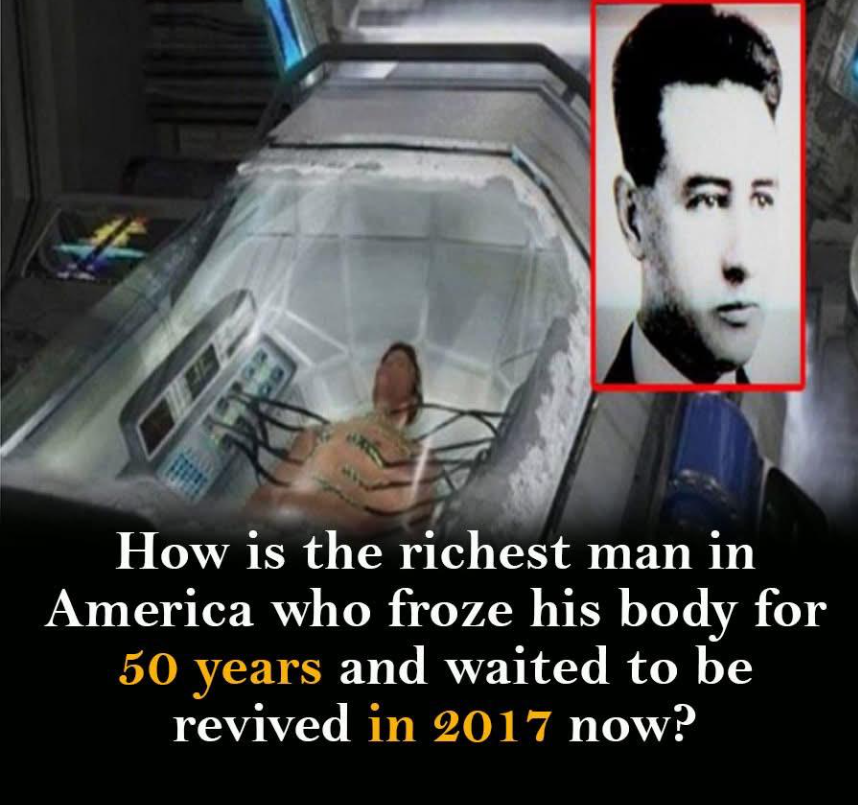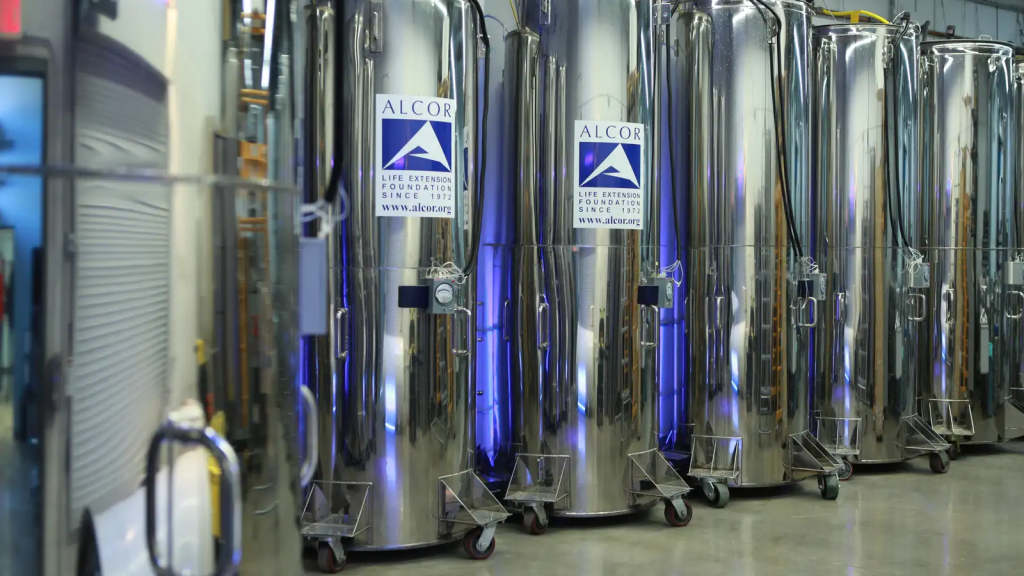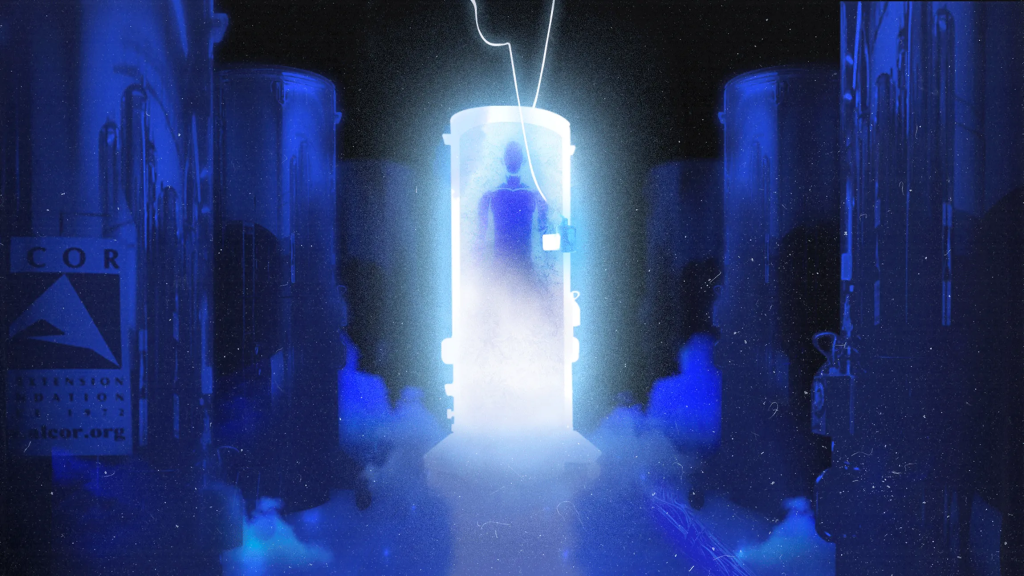Dr. James Hiram Bedford was a man of many achievements. As a professor at the University of California and a World War I veteran, he lived a life marked by academic success and personal resilience. However, Bedford’s legacy is tied to something far more extraordinary—he became the first person to undergo cryonic preservation. This pioneering procedure aimed to preserve the human body at extremely low temperatures after death, opening the door to the possibility of future revival when medical technology advances.
Dr. Bedford’s story is one of curiosity, hope, and scientific experimentation. Let’s explore his life, his decision to embrace cryonics, and the impact this bold step had on science and humanity.
Who Was Dr. James Hiram Bedford?

Dr. James Hiram Bedford was born in the late 19th century and went on to lead an impressive life. As an academic, he taught at the University of California, inspiring countless students with his knowledge and dedication. His contributions to society extended beyond education, as he also served in World War I, demonstrating his courage and commitment to his country.
While Bedford’s professional and personal accomplishments were significant, it was his willingness to explore the unknown realm of cryonics that etched his name in history.
A Life-Changing Diagnosis
In the mid-1960s, Bedford faced a life-altering diagnosis. He was suffering from kidney cancer that had metastasized to his lungs. At a time when medical treatments for such conditions were limited, the prognosis was grim. But Bedford, an innovative thinker, turned his attention to a revolutionary concept: cryonic preservation.
Bedford was familiar with the idea of cryonics, having read The Prospect of Immortality by Dr. Robert Ettinger. Ettinger’s work proposed that freezing the human body after death could potentially allow for revival in the future when science had progressed enough to cure diseases that were once fatal. Inspired by this idea, Bedford decided to take an unprecedented leap into this experimental procedure.
The Cryonic Preservation of Dr. Bedford
On January 12, 1967, Dr. Bedford became the first human to be cryonically preserved. The process was carefully planned to maximize the chances of success. Upon his death, his body was injected with dimethyl sulfoxide (DMSO), a chemical thought to protect his organs during the freezing process. His blood was drained, and his body was cooled to extreme temperatures before being placed in a tank filled with liquid nitrogen at -196 degrees Celsius.
This procedure was groundbreaking and fraught with uncertainty. Bedford’s final words captured the spirit of his decision: “I want you to understand that I did not do this with the thought that I would be revived. I did this in the hope that one day my descendants will benefit from this wonderful scientific solution.”
A Look at Bedford’s Preservation Decades Later
In 1991, Dr. Bedford’s body was examined by technicians at Alcor, a leading organization in cryonic preservation. Remarkably, they found that his body had been well-preserved. His facial features appeared youthful, his nose and mouth retained the scent of blood, and only minimal discoloration was observed on parts of his skin. His corneas, however, had turned a chalky white due to the freezing process.
After this examination, Bedford was placed in a new sleeping bag and re-immersed in liquid nitrogen to continue his preservation. Today, over 50 years later, he remains cryonically suspended, awaiting advancements in medical and scientific technology that could one day make revival possible.
The Impact of Cryonics on Science and Society

Dr. Bedford’s decision to undergo cryonic preservation was a pivotal moment in the history of science. It brought attention to the possibilities of extending human life and sparked debates about the ethical, philosophical, and technical aspects of cryonics.
Cryonics remains a niche field, with organizations like Alcor and the Cryonics Institute offering preservation services. While the technology to revive cryonically preserved individuals does not yet exist, the field continues to inspire research into life extension, regenerative medicine, and advanced preservation techniques.
The Philosophy Behind Cryonics
For Bedford and many others who have chosen cryonics, the procedure represents hope rather than certainty. It’s a testament to humanity’s desire to push boundaries and explore the unknown. Cryonics challenges the idea of mortality and invites us to consider what the future of medical science might hold.
The Continuing Legacy of Dr. Bedford

Dr. James Hiram Bedford’s bold decision has left a lasting legacy. His pioneering step into cryonics serves as a symbol of humanity’s relentless curiosity and willingness to embrace the unknown. While his body remains suspended in liquid nitrogen, his story continues to inspire discussions about science, ethics, and the future of humanity.
Bedford’s journey reminds us that progress often begins with a single, courageous step. Whether or not the promise of cryonics is fulfilled, his decision represents a moment of daring exploration that will forever be remembered


